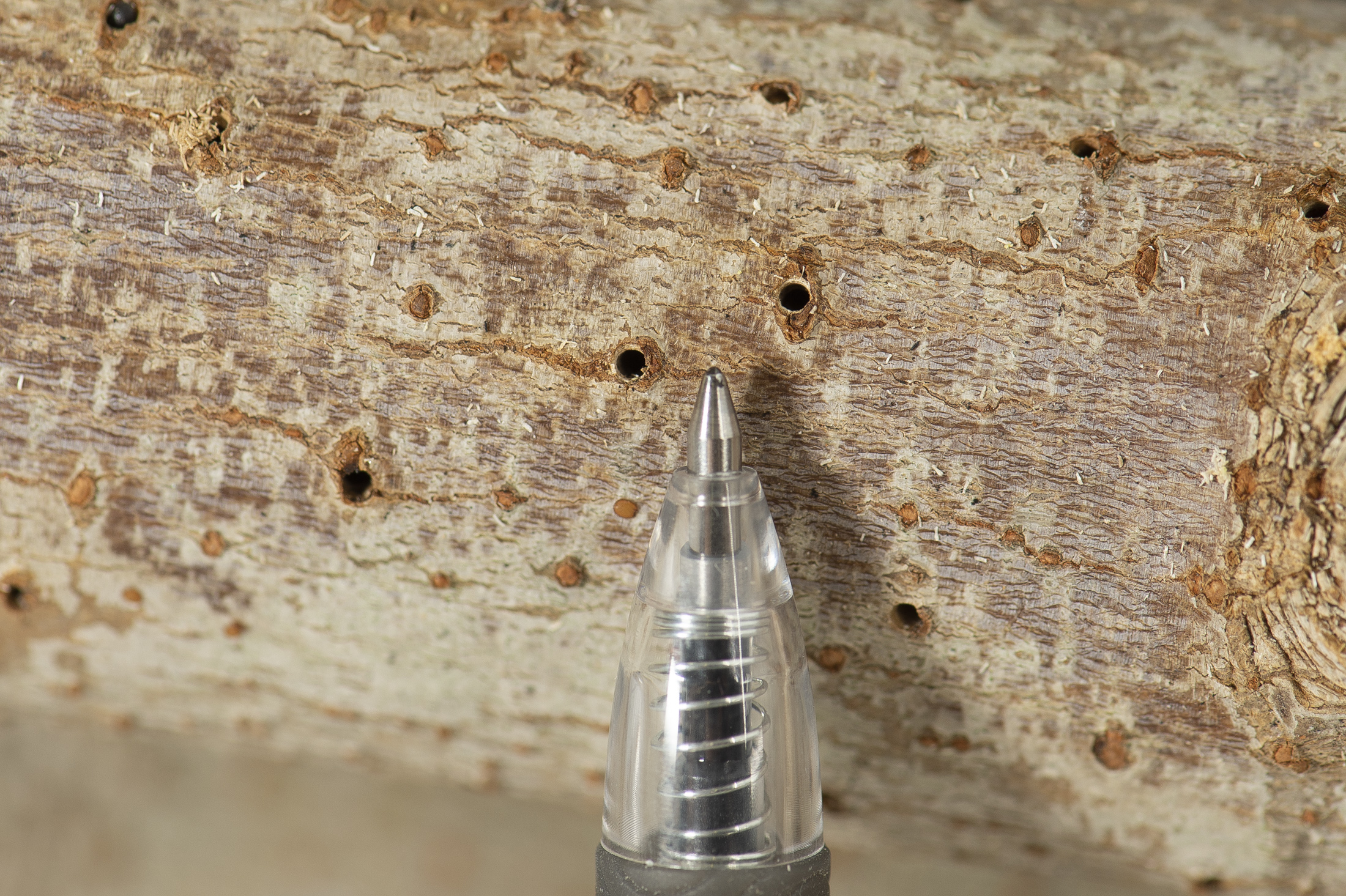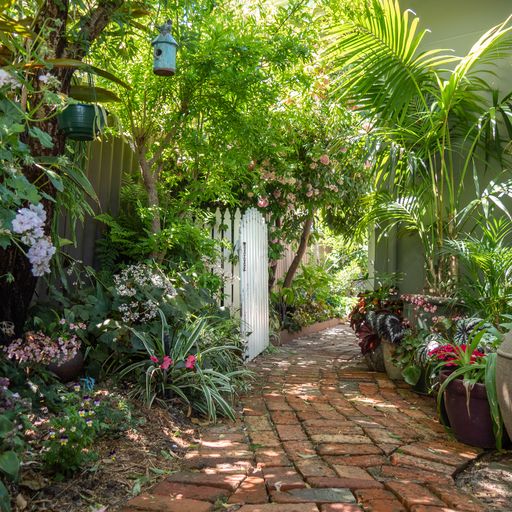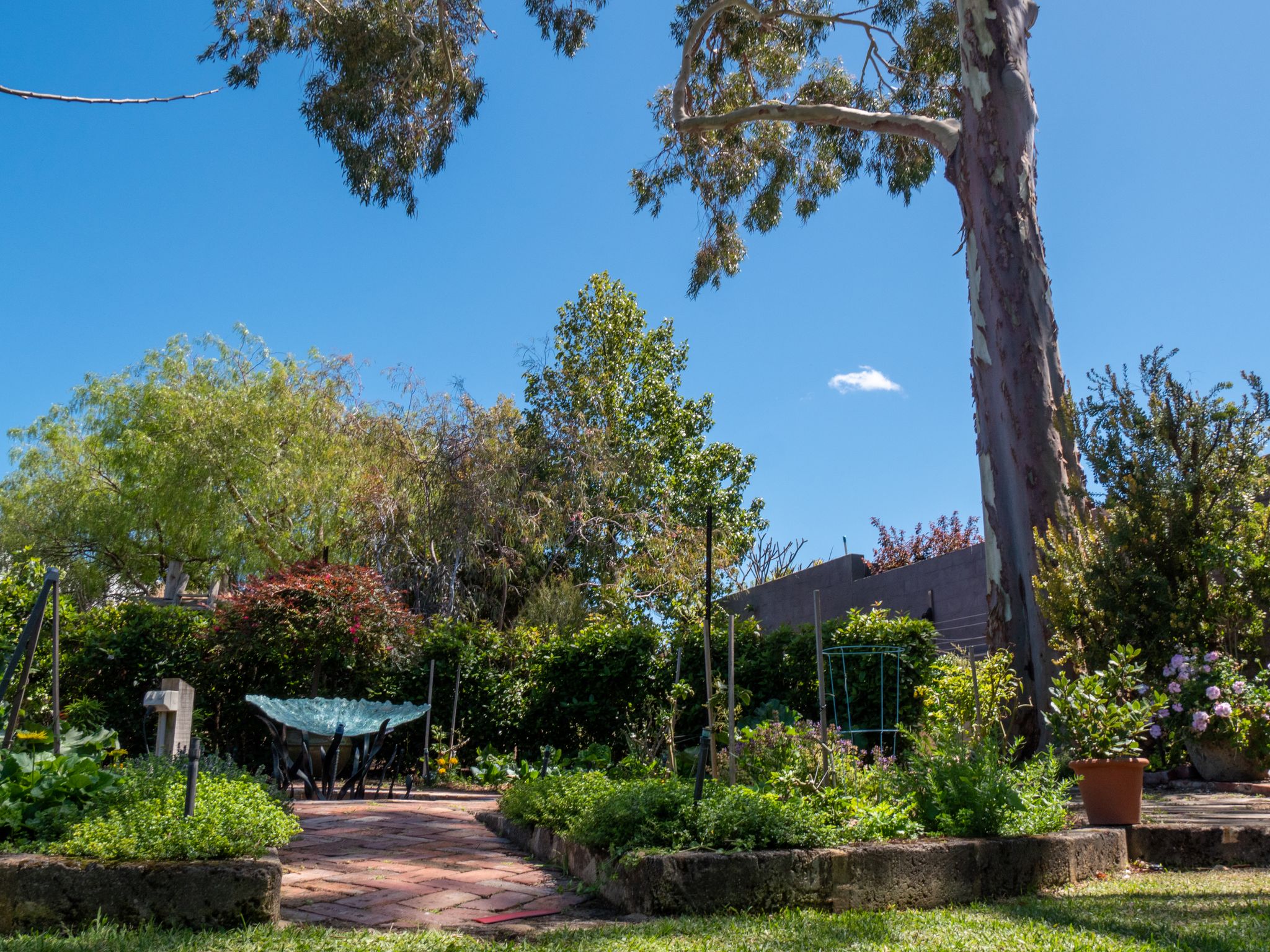Wisteria in full flower is a heart stopper; you cant but help gasp at the sight of thousands of flowers elegantly drooping off roofs, pergolas, arbors and trees. The perfume is inebriating, its one of the greatest spectacles of spring. There are over 60 different varieties of wisteria, ranging in colour form white, ink, mauve, purple and blue.
The most common forms are the Chinese (Wisteria sinensis) and Japanese (Wisteria floribunda) and the silky wisteria (Wisteria brachybotrys). It is pretty easy to tell the difference between them.
The Chinese (W. sinensis) wisteria always grows in an anticlockwise direction and has short clusters of flowers. There are four main varieties the very common mauve coloured, a deep reddish purple one named Amethyst, and the two white ones called ‘Alba’ and ‘Jako’.
Japanese wisteria (W. floribunda) grows on a clockwise direction with longer flower clusters containing smaller individual flowers but more of them. The flowering clusters can be up to 1m in length, so if you pare planning on growing a Japanese wisteria they will need to be planted on a tall pergola so you can admire the flowers from below. There’s a double mauve variety called ‘Violacea Plena’, two pink varieties ‘Kuchibeni’ and ‘Hobeni’, a deep mauve one called ‘Royal Purple’ and the famous white variety ‘Shiro Noda’.
The Silkie wisteria is less known but is truly stunning. Shiro Kapitan has a very sweet perfume with large white flowers that hang in long clusters. The pink form is ‘Showa Beni’ and if its deep mauve you’re after try ‘Okayama.’
Once established, wisterias are unkillable. There are few problems with pests or diseases and will grow in just about any soil type. They should be fertilised in spring and again in mid summer to encourage blooms.
Wisterias can take 3-5 years to flower and must be grown in full sun. You will need to give them a fertiliser that encourages flowers, but they will produce better in improved soils with manure and compost. Always mulch underneath them in summer to conserve moisture.
Once you have your wisteria to the size and shape you want, prune off all the new shoots leaving only three leaves at the base where the buds will occur. Prune heavily at the end of spring after the growth has appeared and prune again in summer to control long shoots.
There is a wonderful book on wisterias by Peter Valder called ‘Wisterias – A Comprehensive Guide.’



